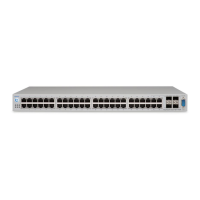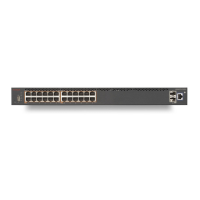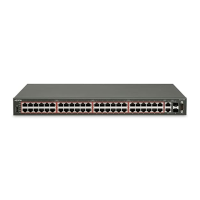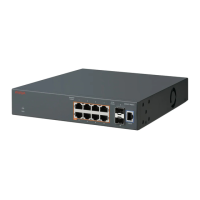1, 3, 7, 15, 31, 63, 127,
255, 511, 1025, 2047,
4095, 8191, 16355,
32762, or 65535
When source/destination port ranges or VLAN ranges are used to create the classifier,
the mask of the range must be the same for all classifiers being combined in a classifier
block.
Example:
We have the following IP elements:
qos ip-element 1 addr-type ipv4 src-ip 10.10.10.0/24 dst-ip
10.10.20.0/24 protocol 17 dst-port-min 3000 dst-port-max 3007
qos ip-element 2 addr-type ipv4 src-ip 10.10.10.0/24 dst-ip
10.10.20.0/24 protocol 17 dst-port-min 3008 dst-port-max 3071
qos ip-element 3 addr-type ipv4 src-ip 10.10.10.0/24 dst-ip
10.10.20.0/24 protocol 17 dst-port-min 3072 dst-port-max 3135
3000 = 101110111000
3007 = 101110111111
mask is: 111
3008 = 101111000000
3071 = 101111111111
mask is: 111111
3072 = 110000000000
3135 = 110000111111
mask is: 111111
In the above example, classifiers that are formed using the second and third IP -element
with the mask of 111111 can be combined into a classifier block. The first one cannot be
part of the same classifier block.

